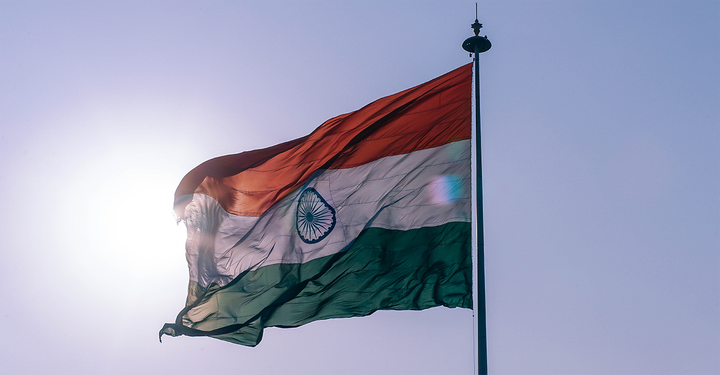If you have a Shopify store that is based in India, this article will tell you how to correctly configure taxes with respect to the new tax legislation.
As of July 1, 2017, Goods and Services Tax (GST) has to be charged on all goods and services provided by online stores in India. GST replaces previous taxes collected by the Central government and by the State and brings them together under one unified tax.
Since India is a federal country, GST is still collected by both the Central government and the respective State.
There are three different taxes united under GST: State Goods and Services Tax (SGST), Central Goods and Services Tax (CGST) and Integrated Goods and Services Tax (IGST).
- State GST (SGST) is a GST collected by the State on intra-state sales.
- Central GST (CGST) is a GST collected by the Central government on intra-state sales.
- Integrated GST (IGST) is a GST collected by the Central gevernment on inter-state sales. IGST also applies on imported goods and services.
Intra-state sales are transactions carried out within one federal state (e.g. Maharashtra). Inter-state sales are those transactions that happen in between states (e.g. selling from Maharashtra to Goa).
For example, a store based in Maharashtra selling items taxed at 18% will charge:
- SGST 9% + CGST 9% to a customer in Maharashtra (intra-state).
- IGST 18% to a customer in Goa (inter-state).
Online stores based in union territories (such as Delhi) should charge Union Territory GST (UTGST) instead of SGST on intra-state sales.
There are four different tax rates (tax slabs): 5%, 12%, 18% and 28%. These tax rates vary depending on what kind of products you sell.
Invoices for Shopify stores in India
Let Sufio automatically send invoices and receipts for every order made in your store.
Get Sufio - Invoices for Indian stores from the Shopify App Store
